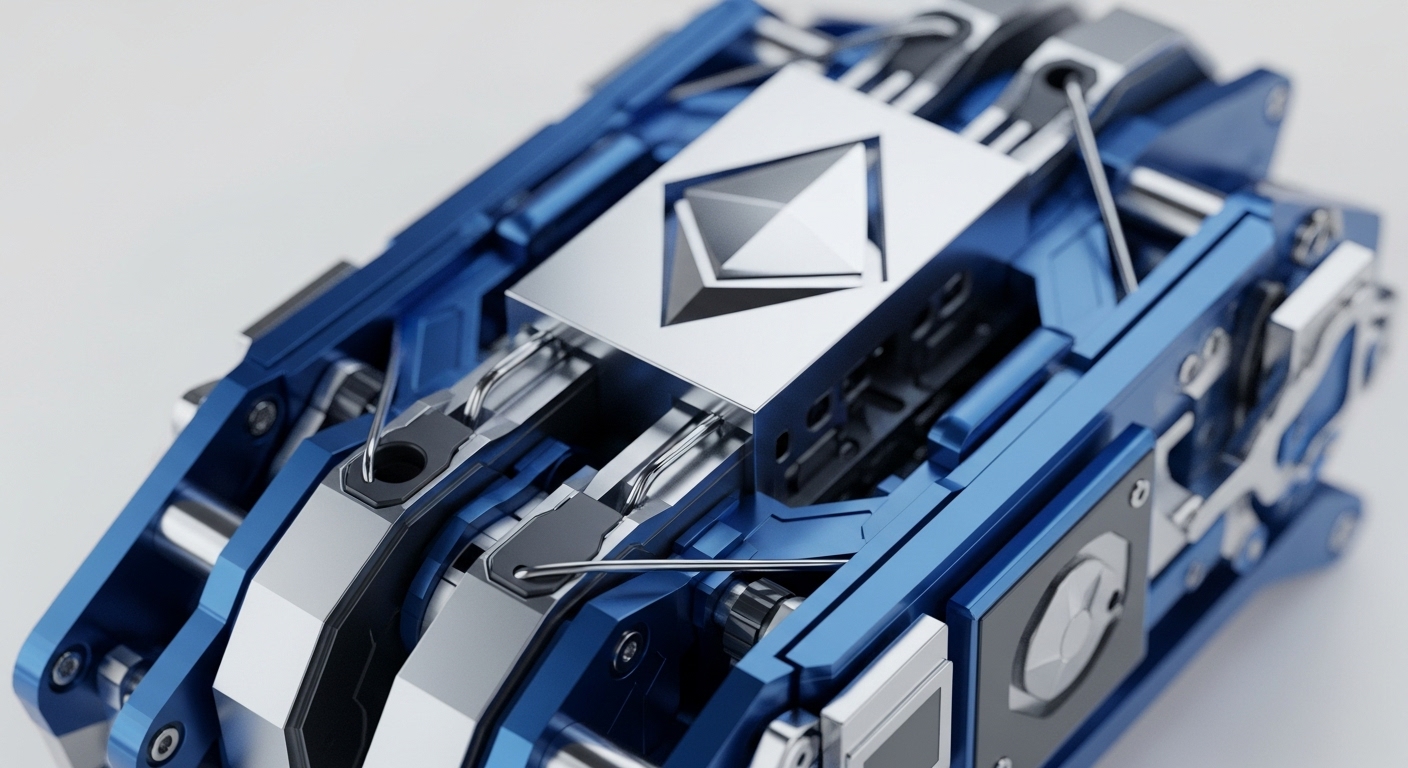Nil Message Compute Redefines Decentralized Computation beyond Blockchain Consensus


Nil Message Compute introduces a cryptographic framework for secure, private, and scalable decentralized computation, transcending traditional blockchain limitations.
Off-Chain Mechanisms Unlock Scalable Relational Blockchain Databases


GriDB pioneers off-chain cross-shard data services, leveraging succinct proofs and delegation to overcome blockchain database scalability limitations.
LINEA Upgrades Layer 2 Scaling and Decentralized Governance for Ecosystem Growth


LINEA's comprehensive Layer 2 upgrade and new governance model significantly reduce transaction costs and boost network capacity, accelerating dApp adoption and capital efficiency across DeFi and NFTs.
